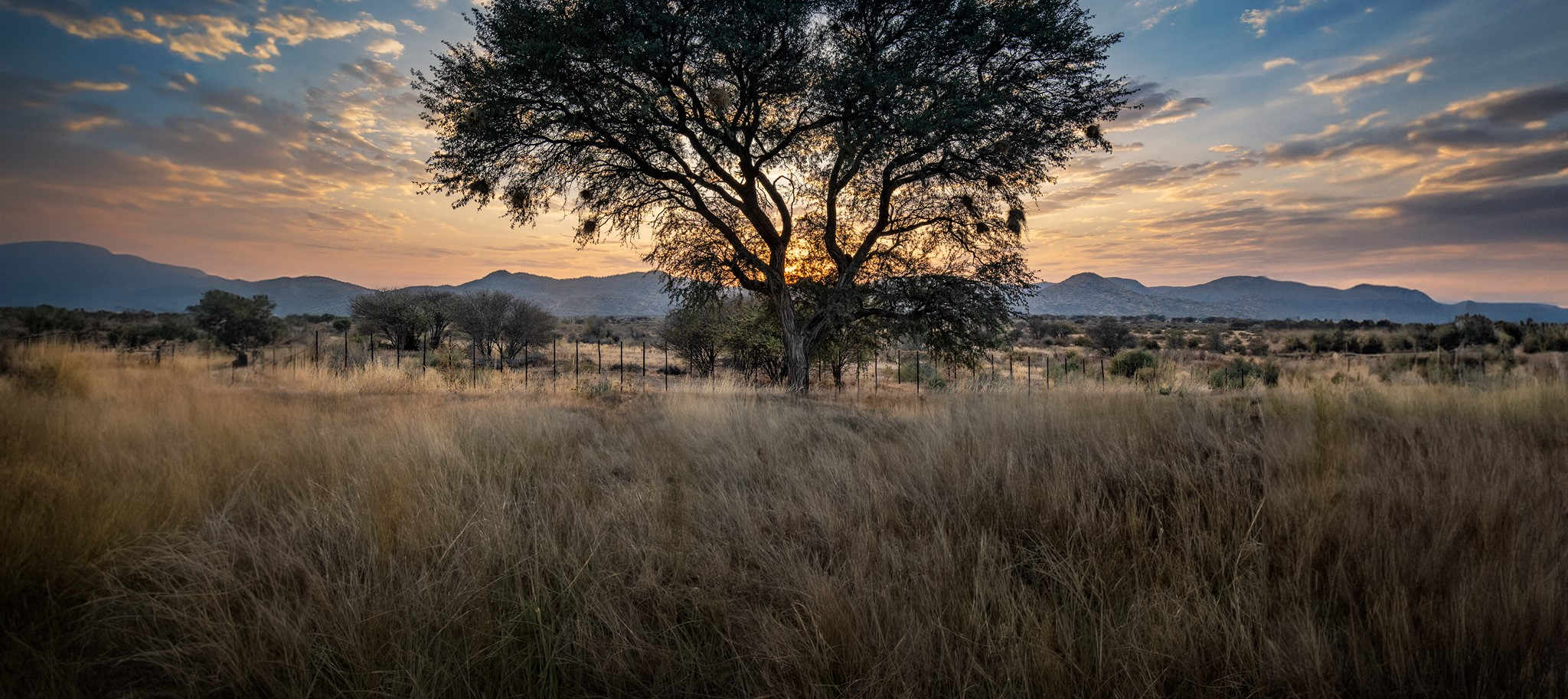With around 80% of the sub-Saharan population lacking low-carbon fuels for cooking (still relying on inefficient and unhealthy energy sources like wood and charcoal), our energy transition approach in Africa should be more nuanced with a balanced consideration for both climate action and social impact. The irony is that carbon emissions in Africa make up the smallest portion of worldwide emissions: only 3.8% compared to 23% in China, 19% in the US, and 13% in the European Union.
That said, as is true for the rest of the world, those carbon emissions are not stagnant. Over the last twenty years, Africa’s share of global greenhouse gas emissions has fluctuated between 3.4% and 3.8% . The continent’s rapid economic development, growing dependency on fossil fuels, and expanding population are all contributing to this expansion.
Africa’s population is anticipated to reach 1.2 billion by 2030, making the local energy transition of key global interest. Reports also state that by 2050, one out of every four people worldwide will be African. Now, set that in comparison with the following statistic: In 2020, around 600 million people (43% of the continent’s population) lacked access to electricity, with the bulk of these individuals residing in rural areas. Statistics like these complicate Africa’s socio-economic landscape, a landscape undeniably powered by its access to energy.
The state of low-carbon energy investment in Africa
Following the Paris Agreement in 2015 and the creation of the United Nations’ Sustainable Development Goals, many countries around the world (including African ones) embarked on journeys of decarbonization and planet preservation with the objective of reducing their total emissions to net zero. In Africa’s case, even though emissions are lower, the effects of climate change can still be felt across the continent. The perception and goals of its energy transition will, therefore, be different from those in the rest of the world.
One example of such differences is financing. Investment in Africa’s energy transition remains very low. In 2020, the International Energy Agency (IEA) estimated that USD 500 billion would be needed to achieve universal access to electricity in Africa by 2030; however, only USD 28 billion were invested in the region’s energy sector in 2020. For this, there are several initiatives underway to address the challenge of accessing financing for low-carbon energy projects in Africa. The African Development Bank, for example, has a USD 10 billion fund dedicated to financing local renewable energy projects. It equally provides technical assistance to African countries, helping them develop and implement renewable energy projects.
Because of the lack of investment in its low-carbon energy sector, Africa is subjected to the ongoing and occasionally exploitative usage of fossil fuels for its development. Fossil fuels provided 92% of Africa's primary energy needs in 2019, up from 87% in 2000. The unpopular argument is that low-carbon energy is not a priority for the continent. In addition to energy investments, Africa faces many challenges including access to education, modern healthcare facilities, employment, and economic development. Many African states view these issues as more crucial and urgent than climate change, even though their investments in those other areas are still relatively low.
The nuances of energy transition, poverty, and sustainability
Africa’s obstacle resides at the intersection of energy transition, poverty, and sustainability. These three pillars form a unique framework for understanding the future of energy in the continent, along with its role in socio-economic development. In addition to insufficient monitoring and policing, education, tech access, and scalable public-private partnerships present new challenges to securing Africa’s energy future. Addressing these factors will play an important role in the region’s energy transition and move towards decarbonization.
Tech access, in particular, is essential. It will enable low-carbon solutions to become widespread and aid both grid stability and resilience through digitalization. In 2020, Africa produced 122.2 billion barrels of oil equivalent, accounting for 12% of global oil production and 9% of global gas production. In the same year, the oil and gas sector accounted for about 10% of Africa's gross domestic product and employed about 10 million people (about half the population of New York).
A clear contribution to this was the revving up of production capabilities across the continent. From data acquisition for proper analysis and planning to tools that help operators drill better, faster, and with fewer emissions, tech access is leading the way in—quite literally—empowering Africa’s population. It was only in 2022 that a second discovery on the Baleine structure was made, thereby increasing the field’s hydrocarbon volume by 25%. It’s now estimated at 2.5 billion barrels of oil and 3.3 trillion cubic feet of associated gas. More important, however, this discovery was driven by the first net-zero emission development, considering both Scopes 1 and 2 of the UN Sustainability Goals. A great example of Africa’s potential for a balanced approach.
Collaborations and partnerships can also have a significant impact on labor productivity and inward societal investment that enhances development. An example of such a collaboration is the Power Africa initiative, a partnership of over 100 companies led by the United States Agency of International Development. With 60 million electricity connections and 30,000 MW of new and cleaner power generation capacity, the multifaceted agency is committed to galvanizing resources from private sector players, international development organizations, and governments around the world to address energy access and poverty across sub-Saharan Africa. At the time this article was written, more than 170 companies across the energy delivery value chain had already joined forces with Power Africa, committing over USD 40 billion of investment in African energy markets to meet the goal of delivering reliable electricity access throughout the region.
Partnerships create access to funding and innovation that bridge the gap between aspirations and actions. Leveraging capital and innovation access to address Africa’s most pressing power need is a US-based company named Renewvia Energy Corporation. The company develops, finances, and operates mini-grid solar and storage systems in sub-Saharan Africa’s fastest growing off-grid markets, including Nigeria and Kenya. By 2024, it will have built an additional 500 mini-grids on the continent to further power thousands of individuals and small-to-medium-sized enterprises.
Steps toward a fair energy transition for Africa
Social welfare, above anything else, remains the most imperative element of Africa’s development. Many argue that Europe and the rest of the world have spent decades establishing their nations without taking climate change into account. During this period, they were able to make use of opportunities offered by the industrial revolution that didn’t reach African nations until more than a couple centuries later.
This adds another layer to the debate. When thinking about how African states are expected to implement sustainable energy measures to receive foreign funding for development projects, some locals begin seeing the fight against climate change as a new kind of imperialism. Too strong? Maybe, maybe not. The point is the sentiment itself. Given the stakes, struggles like this make it even more challenging to define what constitutes a just and inclusive energy transition for Africa, yet alone how to implement it.
The solution, however, may be to expose Africa to how energy transformation can accelerate its growth and strengthen its economy. Empowering the continent to develop more fossil fuels sustainably comes to mind, for example. In the face of global urgency, encouraging Africa to pursue its unique trajectory by exploring the numerous renewable energy sources it has available might be our most effective strategy.
For instance, with roughly 4,000 hours (more than five and a half months) of sunshine annually, solar power is one of the best resources Africa has to offer. Other resources include wind and hydropower, which the continent has access to thanks to the Sahara Desert and river-filled Sahel region. Projects in this category include the Grand Ethiopian Renaissance Dam, the continent's largest hydroelectric dam. As for geothermal energy (a renewable that can be used to produce both heat and electricity), Africa has a variety of geothermal resources, including East Africa’s Rift Valley where geothermal projects like the Olkaria power plant in Kenya are currently under construction.
Finally, there’s also biomass energy to consider. Biomass energy is created from a variety of sources including wood, agricultural waste, and animal waste. Ghana currently has a biomass power project underway, thereby expanding the coverage of clean energy projects across the continent. Besides providing a low-carbon, economical, and stable energy supply from alternative resources, these projects not only underscore Africa’s contribution to the global energy transition, but also generate job opportunities and better living conditions for millions of Africans.
There are other initiatives beyond operational projects that are equally critical for a successful energy transition in the region. These initiatives expand access to education and research and development to further cultivate the capabilities needed to manage and run renewable energy systems. They focus on accelerating investment in human capacity and grooming a society that prioritizes inclusion and diversity to better leverage the potential of all. And they all contribute to creating an atmosphere that is favorable to business with investors and partners that are both inside and outside of Africa. All of this while simultaneously increasing electricity access for a larger percentage of the local population.
According to the United Nations, the coming decades will see Africa's population increase quickly, reaching approximately 2.5 billion people by 2050 and 4.4 billion people by 2100. Such rapid growth poses a variety of challenges including (but certainly not limited to) increasing agricultural output to supply the growing need for food, constructing new water sources, and enhancing energy access. Amidst mounting global pressure to successfully transition and build a more sustainable ecosystem for present and future generations alike, Africa’s approach to its energy dilemma cannot be deemed “insufficient.” The continent, as a whole, is on its own unique journey, facing a truly complex challenge.




